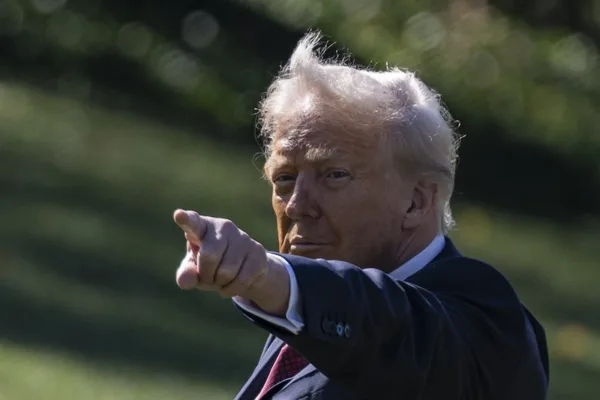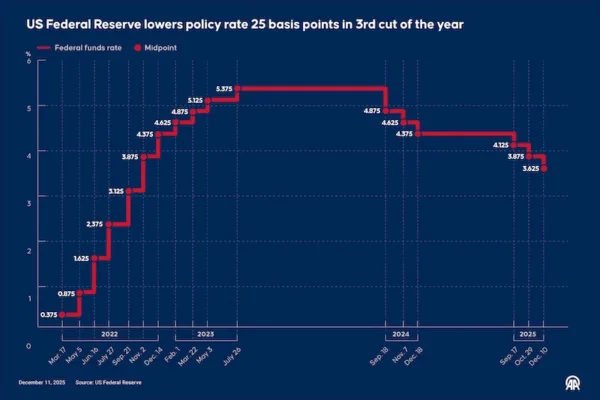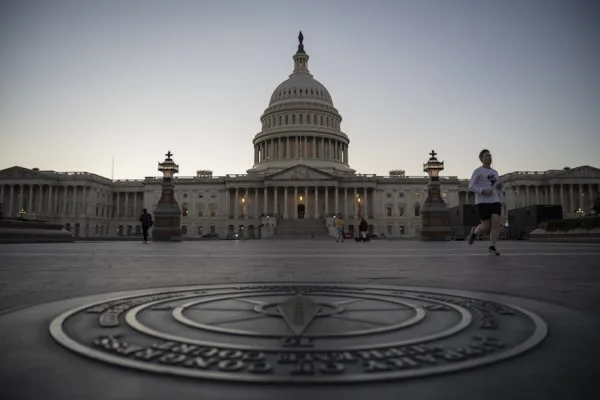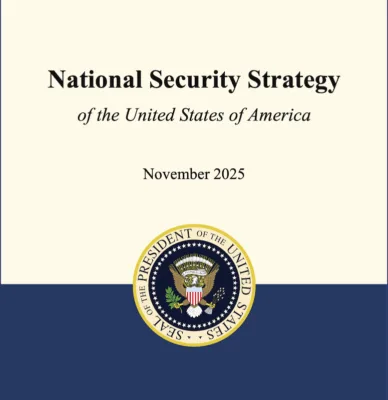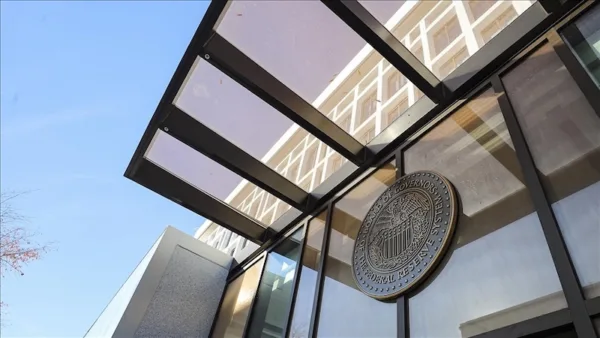America’s fascination with guns
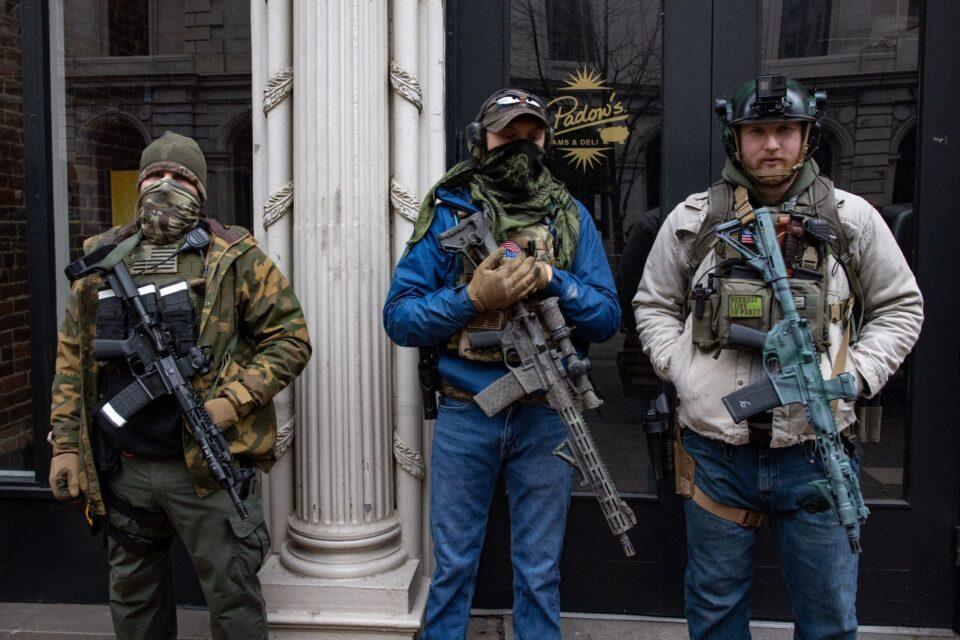
The recent school shooting in Nashville, which resulted in the deaths of three children and three adults, has reignited the gun control debate. According to 2017 data, the United States is the world leader in terms of the number of guns per capita, with a figure of 1.2 (compared to 0.6 in the Falkland Islands and 0.5 in Yemen). Despite the constant mass shootings, there is a highly partisan divide when it comes to finding a solution to the problem. While Republicans oppose any form of restriction on the grounds that it would erode the constitutional right to bear arms, Democrats’ efforts to restrict high-capacity automatic weapons have proven unsuccessful. The influence of the gun lobby is significant, but the main reason why progress cannot be made is that the right to bear arms is protected by the Second Amendment of the Constitution and has become an identity issue for millions of Americans.
There are staggering statistics regarding gun ownership and mass shootings in the United States, with a significant increase in recent years. Last year, an attack in Uvalde, Texas resulted in 22 deaths. In 2018, a shooting in Parkland, Florida claimed 17 lives. The massacre at Sandy Hook Elementary School in Connecticut in 2012 resulted in 28 deaths. The toll of attacks outside of schools that receive media attention is also quite high. In 2023 alone, there have been more than 130 mass shootings, compared to 648 last year. In 2020, the primary cause of death in the country was motor vehicle accidents, followed by gun-related deaths, which resulted in the deaths of 45,222 people. Gun-related deaths are at the top of the list among children and teenagers.
Mass shootings, especially those that occur in schools, lead to social outrage and put intense pressure on politicians. However, the constitutional right to bear arms makes it difficult for the political establishment to find solutions. The Second Amendment of the Constitution was actually adopted in the context of states’ right to have militias to protect themselves during America’s founding. Over time, the Supreme Court’s jurisprudence in cases related to this has repeatedly confirmed the individual right to bear arms for self-protection, strengthening constitutional protection. The National Rifle Association’s (NRA) lobbying campaign for the continuation of constitutional protections is highly effective, and many Republican members of Congress do not want to be in the crosshairs of this group. The prospect of any effort by Democrats to restrict firearms succeeding brings with it fears among gun rights advocates that further limitations will follow. It is important to remember the high degree of political polarization surrounding this issue, with many politicians like Trump trying to garner votes by telling their base that the federal government wants to take away their guns. Even Bernie Sanders, the leader of the progressive left movement, struggles with this issue, as his home state of Vermont has many avid hunters and gun enthusiasts among its voters. Republican politicians argue that eroding the gun rights of law-abiding citizens would be tantamount to punishing them. Opposing the right to bear arms in rural America has become a costly stance for many politicians.
While there is intense public pressure to find a solution in the aftermath of mass shootings, there is no agreement on the solution. Republicans advocate for focusing more on mental health issues by looking at the profiles of attackers and having more security personnel carrying firearms in public places like schools. Some even propose arming teachers and providing training on what to do in case of an armed attack in some states. Democrats propose making access to guns much more difficult and banning high-capacity automatic and semi-automatic weapons. Among the issues that Democrats have taken up is the fact that one can buy a gun at 18 years old despite the legal drinking age being 21 and some states not requiring background checks. The fact that the two sides propose such diametrically opposed solutions makes it impossible to reach an agreement on reasonable gun control measures without eroding constitutional protections.
In fact, Biden’s proposal to ban high-capacity assault weapons after the Atlanta and Boulder shootings in 2021 has a relatively successful historical precedent. In 1994, during the Clinton era, a law was passed with the support of both parties that banned high-capacity weapons for a decade. Research shows that the ban was not very effective in reducing overall homicide rates, but it did play a role in reducing mass shootings by around 70%. Nevertheless, we can say that the reason why a middle ground cannot be found in the symbolic gun issue that has become a cultural conflict is the deepening political polarization. Although white male Americans with little education who support Trump are in the majority in the country, they feel besieged by multiculturalism, religion, gender, and race issues. Against this group, who see the right to bear arms as a new front in this siege, are the more diverse, secular, and gender-rights-supporting darker masses. The erosion of the center in the political arena for a long time and the polarization it brings about eliminates the possibility of compromise and leads to America’s insistence on the right to bear arms.

